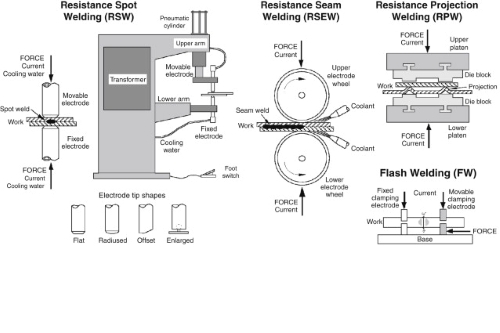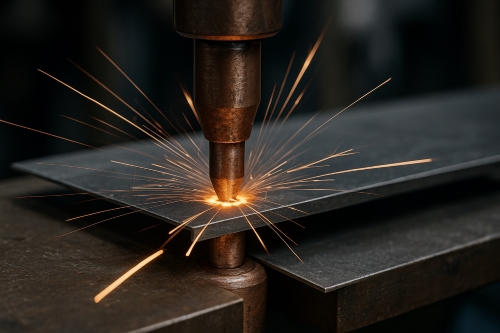What Are the Different Types of Thermocouple Wire?
Introduction to Thermocouple Wires
Thermocouple wires are the basis of temperature-measuring systems. They join two dissimilar metals and produce a voltage proportional to temperature gradients. Thermocouple wires have quick response times and operate in severe conditions. Thermocouple wires are widely used in furnaces, kilns, engines, and many other devices. They come in various types with different metal combinations for operation in numerous conditions.
Type K (Chromel–Alumel)
Type K wires utilise Chromel for the positive leg and Alumel for the negative leg. They are primarily used in conditions that do not exceed 1260°C (2300°F). Various industries utilise them due to their low cost and durability. They provide good precision within a wide range of temperatures. Engineers typically select Type K for metal heat treatment and manufacturing processes. They can be applied in oxidising atmospheres as well as inert atmospheres. It is straightforward for individuals with basic technical expertise to install and maintain.
Type J (Iron–Constantan)
Type J wires have iron paired with constantan. They are suitable for temperatures up to about 760°C (1400°F) in air. They find use in vintage machinery or for specific applications in less hostile environments. Their simplicity is one of their best features, and most repair shops still stock them. The primary drawback is that the iron leg will rust when it comes into contact with water. However, their low cost and simplicity lead to their frequent use in various industrial applications.
Further reading: Thermocouple Wires 101 Types, Applications, and Properties
Type T (Copper–Constantan)
Type T wires are produced by combining copper and constantan. Their operational temperature span is suitable for temperatures up to 370°C (700°F). They are, however, effective even in sub-zero temperatures. They are extensively used in laboratories and low-temperature measurements. Their robustness in cold temperatures and stability over time make them a reliable choice. Laboratories and food processing facilities utilise Type T wires due to their dependable performance.
Type E (Chromel–Constantan)
Type E wires consist of Chromel and constantan. They exhibit high sensitivity and their temperature range extends up to 900°C (1650°F). Their high thermoelectric output makes them ideal for precise temperature measurements. Some scientific equipment and industrial machines use this heightened sensitivity to detect small temperature changes. Their voltage output is nearly double that of other types when used over the same temperature range.
Type N (Nicrosil–Nisil)
Type N wires are made of nicrosil and nisil. They were designed to be more stable. They function well up to temperatures of 1300°C (2370°F). They are intended to reduce errors known as drift. They find application in high-temperature engines and combustion systems. Engineers prefer Type N wires due to their enhanced stability and longevity. They are best suited for instances where high accuracy is required over extended durations.
Type R and S (Platinum–Rhodium)
Type R and Type S wires utilise platinum and rhodium alloys. They perform excellently at very high temperatures, with Type S operating at temperatures up to 1600°C (2900°F). They are highly stable and accurate. Their extensive use occurs in laboratories and high-end industrial applications such as aerospace and metallurgy. The cost of such wires is generally elevated. They are stable and precise, making them a strong choice for accurate temperature measurement.
Type B (Platinum–Rhodium)
Type B wires are also part of the platinum–rhodium family. They are employed in similar temperature ranges to Types R and S, specifically for very high temperature applications. They do not face the same limitations at lower temperatures as their platinum–rhodium counterparts. When reliability is essential in extreme heat, Type B wires provide a robust solution. Their cost typically limits them to specialised industrial and laboratory applications where dependability is a requirement.
Special Thermocouple Wires
In addition to the common types mentioned above, several special thermocouple wires exist. Some are constructed with special coatings to resist corrosion and enhance longevity in environments where they encounter chemicals and moisture. Others are designed to have reduced drift for long-term applications. These wires offer additional protection in environments where exposure is harsher than normal in laboratory or industrial settings. They are most often used in chemical plants, marine applications, or wherever contamination is a potential issue.
Thermocouple Wire Selection Criteria
Selecting the appropriate thermocouple wire involves several considerations.
Firstly, consider the temperature range of your application. Certain wires are better suited for colder temperatures, while others cater to high temperatures.
Secondly, evaluate your environment. Will the thermocouple need to withstand oxidation, chemical exposure, or moisture?
Thirdly, ensure precision. If highly accurate readings are required, a high-sensitivity type like Type E would be suitable.
Finally, your budget may impose constraints. Superior wires, such as platinum–rhodium types, are more expensive but offer longer life and increased reliability. Real-world applications include their use in standard industrial furnaces employing Type K wires and in laboratory cooling systems making use of Type T.
The selection should always consider the operating conditions and the urgency of the temperature readings required.
Frequently Asked Questions
F: Why is Type K wire so popular?
Q: It has good durability and accuracy across a broad temperature range for a low cost.
F: What is the typical application for Type T wire?
Q: It is mainly utilised in laboratory and low-temperature applications.
F: Why use special thermocouple wires?
Q: They provide added corrosion protection and increased stability in harsh conditions.

 Bars
Bars
 Beads & Spheres
Beads & Spheres
 Bolts & Nuts
Bolts & Nuts
 Crucibles
Crucibles
 Discs
Discs
 Fibers & Fabrics
Fibers & Fabrics
 Films
Films
 Flake
Flake
 Foams
Foams
 Foil
Foil
 Granules
Granules
 Honeycombs
Honeycombs
 Ink
Ink
 Laminate
Laminate
 Lumps
Lumps
 Meshes
Meshes
 Metallised Film
Metallised Film
 Plate
Plate
 Powders
Powders
 Rod
Rod
 Sheets
Sheets
 Single Crystals
Single Crystals
 Sputtering Target
Sputtering Target
 Tubes
Tubes
 Washer
Washer
 Wires
Wires
 Converters & Calculators
Converters & Calculators
 Write for Us
Write for Us
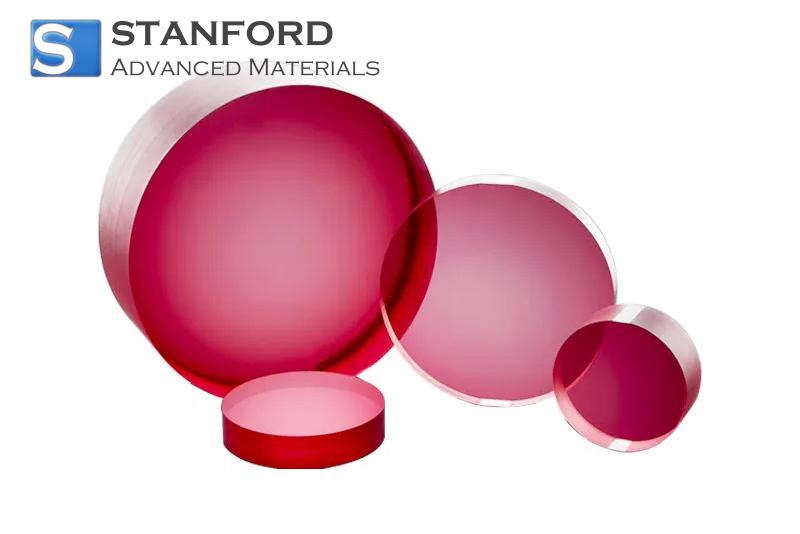
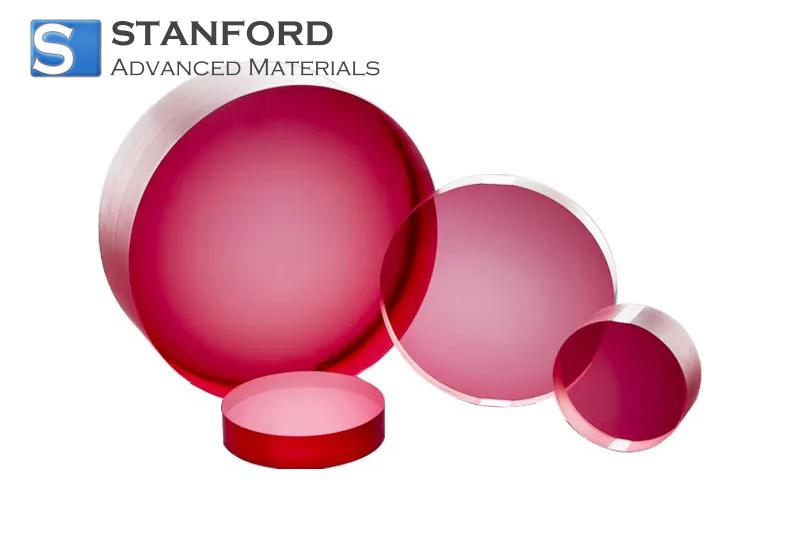
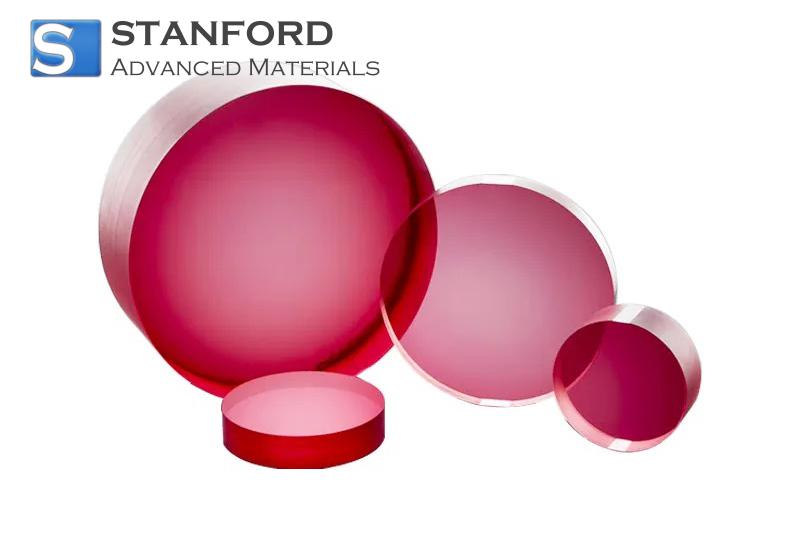
 Chin Trento
Chin Trento


